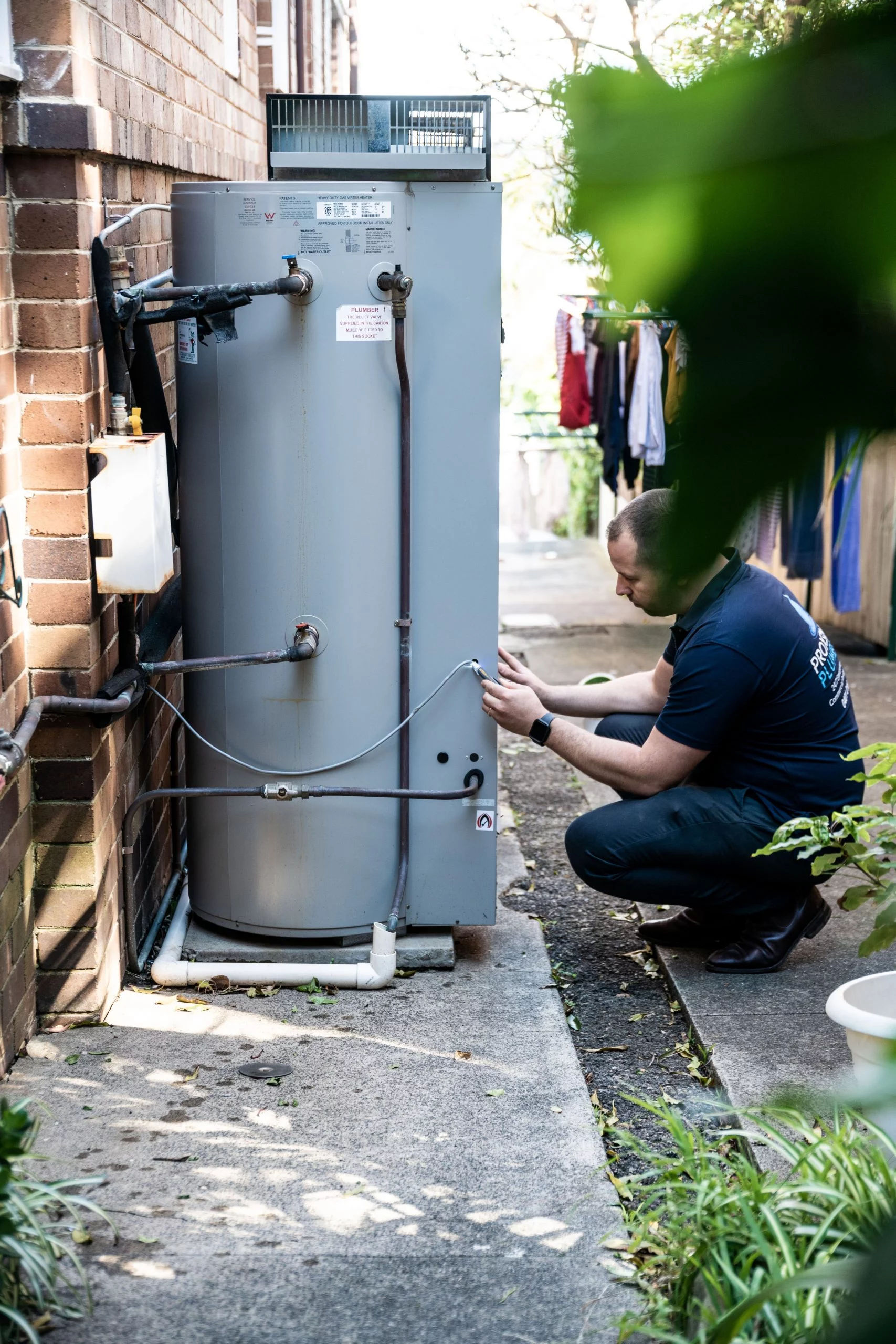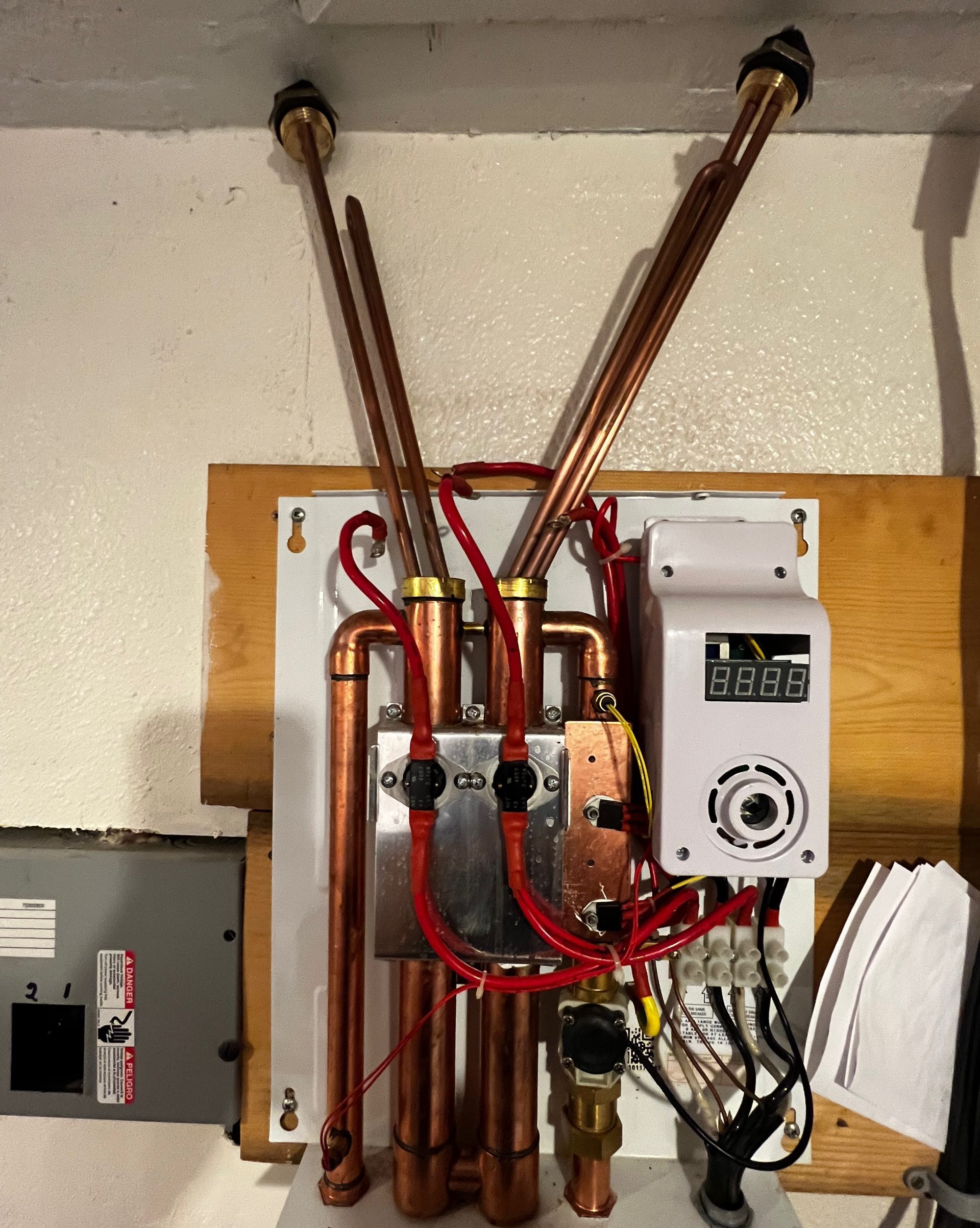They are making a few good annotation relating to Water Heater Maintenance Tips You Can't Afford to Forget overall in the article just below.

Warm water is necessary for day-to-day convenience, whether it's for a refreshing shower or cleaning recipes. To ensure your hot water system runs efficiently and lasts longer, routine maintenance is crucial. This post gives sensible tips and understandings on just how to keep your home's warm water system to stay clear of disruptions and costly repairs.
Introduction
Maintaining your home's hot water system might seem challenging, but with a few easy steps, you can ensure it operates smoothly for years to come. This overview covers every little thing from comprehending your hot water system to DIY maintenance tips and recognizing when to call in specialist aid.
Relevance of Keeping Your Warm Water System
Routine maintenance not only extends the lifespan of your warm water system yet likewise ensures it operates efficiently. Neglecting upkeep can cause reduced effectiveness, higher energy costs, and also premature failure of the system.
Indications Your Hot Water System Needs Upkeep
Recognizing when your hot water system requires interest can stop major issues. Keep an eye out for indications such as inconsistent water temperature, weird sounds from the heating unit, or rusty water.
Recognizing Your Warm Water System
Before diving right into upkeep tasks, it's helpful to recognize the fundamental components of your warm water system. Normally, this includes the water heater itself, pipelines, anode rods, and temperature controls.
Month-to-month Maintenance Tasks
Normal regular monthly checks can aid catch small issues before they rise.
Flushing the Hot Water Heater
Flushing your hot water heater removes sediment build-up, improving performance and prolonging its life.
Monitoring and Changing Anode Rods
Anode rods stop corrosion inside the storage tank. Evaluating and replacing them when broken is crucial.
Examining and Changing Temperature Level Settings
Changing the temperature level setups guarantees optimum performance and safety and security.
DIY Tips for Upkeep
You can carry out numerous maintenance jobs yourself to maintain your hot water system in top problem.
Checking for Leakages
Routinely check pipelines and connections for leakages, as these can lead to water damages and greater expenses.
Examining Pressure Alleviation Valves
Testing the pressure safety valve guarantees it operates correctly and avoids extreme stress build-up.
Insulating Pipes
Protecting hot water pipelines lowers warmth loss and can save energy.
When to Call an Expert
While DIY upkeep is valuable, some issues require professional competence.
Complicated Problems Needing Expert Aid
Instances consist of significant leakages, electric issues, or if your hot water heater is continually underperforming.
Regular Specialist Upkeep Conveniences
Professional upkeep can consist of complete examinations, tune-ups, and making certain conformity with safety and security criteria.
Final thought
Routine maintenance of your home's hot water system is important for efficiency, longevity, and cost savings. By following these suggestions and understanding when to look for expert assistance, you can guarantee a reputable supply of hot water without unexpected disruptions.
How to Maintain an Instant Hot Water Heater
Before tinkering with your hot water heater, make sure that it’s not powered on. You also have to turn off the main circuit breaker and shut off the main gas line to prevent accidents. Also turn off the water valves connected to your unit to prevent water from flowing into and out of the appliance. 2. When you’re done, you have to detach the purge valves’ caps. These look like the letter “T†and are situated on either side of the water valves. Doing so will release any pressure that has accumulated inside the valves while at the same time avoid hot water from shooting out and burning your skin. 3. When the purge valves’ caps are removed, you have to connect your hosing lines to the valves. Your unit should have come with three hoses but if it didn’t, you can purchase these things from any hardware or home repair shops. You can also get them from retail stores that sell water heating systems. Read the user’s manual and follow it to complete this task properly. When the hosing lines are connected, open the purge port’s valves. 4. You should never use harsh chemical cleaners or solutions when cleaning your unit. Make use of white vinegar instead. It should be undiluted and you’ll probably use about 2 gallons. 5. Now flush your water heater. This task should probably take about 40 minutes. We can’t give you specific directions for this because the procedure is carried out depending on the type, model and brand of your heater. With that being said, refer to the user’s manual. 6. When you’re done draining the unit, you have to turn off the purge port valves again. Remove the hosing lines that you earlier installed on each of the water valves. Put the valve caps (purge port) back in their respective places and be very careful so as not to damage the rubber discs that are found inside these caps. 7. Now that everything’s back in place, check your user’s manual again to find out how to reactivate your water heating system. 8. Once it is working, turn one of your hot water faucets on just to let air pass through the heater’s water supply pipes. Leave the tap on until water flows smoothly out of it. https://www.orrplumbing.com/blog/2014/september/how-to-maintain-an-instant-hot-water-heater/

We hope you liked our post about How to Maintain a Hot Water Heater in a Few Simple Steps. Thanks a lot for taking time to browse our piece of content. Be sure to set aside a second to distribute this blog posting if you appreciated it. Many thanks for your time. Revisit us soon.
Check It Out
 Edward Furlong Then & Now!
Edward Furlong Then & Now! Bug Hall Then & Now!
Bug Hall Then & Now! Jenna Jameson Then & Now!
Jenna Jameson Then & Now! Danny Pintauro Then & Now!
Danny Pintauro Then & Now! Dawn Wells Then & Now!
Dawn Wells Then & Now!